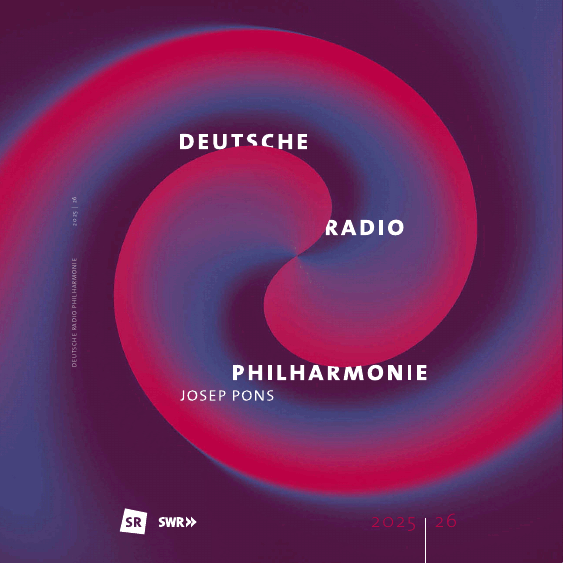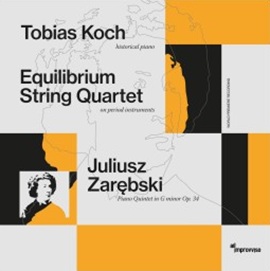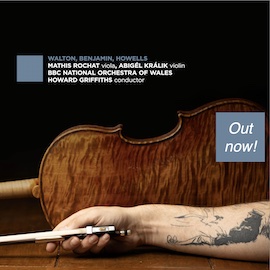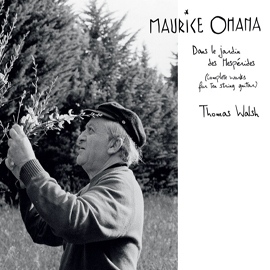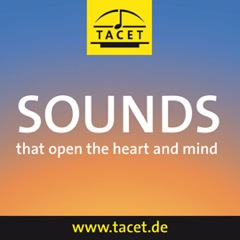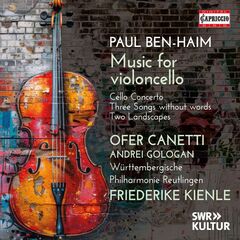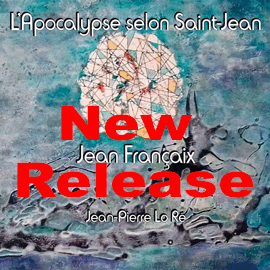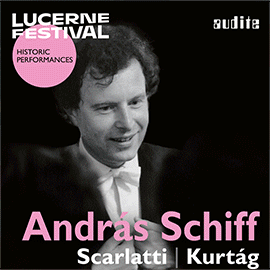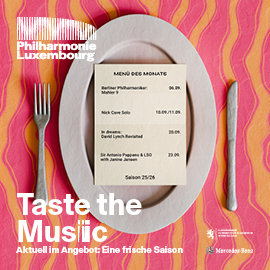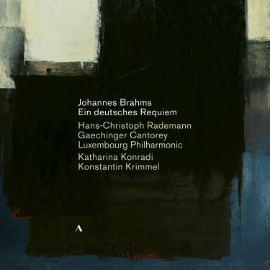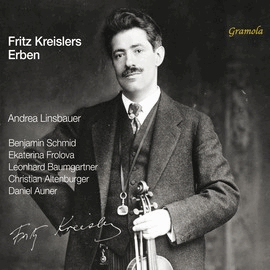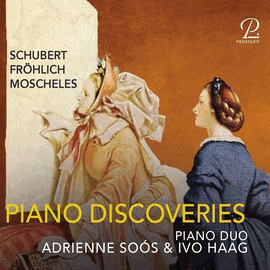Paul Ben-Haim (1897-1984) schrieb mit dem Cellokonzert ein deutlich von jüdischen Themen geprägte Musik, das mit einem rhythmischen und etwas zirzensischen ersten Satz beginnt. Der langsame zweite Satz ist elegisch und in seinem verhaltenen Cantando auch von Trauer erfüllt. Das Finale ist tänzerisch und die Musik zeigt eine deutliche Nähe zur Volksmusik. Es ist ein sehr anspruchsvolles und ansprechendes Werk.
Die 1952 komponierten Drei Lieder ohne Worte (ursprünglich für Singstimme und Klavier) sind hier in der für den Cellisten Paul Tortelier entstandenen Cellobearbeitung zu hören. Der Komponist selbst sagte, das Arioso gebe die drückende Sommerhitze im judäischen Bergland wieder, die Ballade das eintönige Murmeln eines orientalischen Geschichtenerzählers. Das letzte Lied basiert auf einem überlieferten Volkslied. Ofer Canetti und das Orchester spielen die drei kurzen Sätze sehr ausdrucks- und stimmungsvoll.
Sehr schön und expressiv erklingen auch die Musik für Violoncello sowie die Two Landscapes. die üppig besetzte Sonate für zwei Mandolinen, Gitarre, Cembalo und zwei Streichorchester ist ein kontrastreiches Stück, das zwischen introspektiver und tänzerischer Musik hin- und herwechselt. Auch diese Komposition profitiert von einer exzellenten Darbietung.
Die Tonqualität der Aufnahme ist hervorragend, die Booklettexte sind informativ und bereichernd.
With his Cello Concerto Paul Ben-Haim (1897-1984) wrote a piece of music clearly influenced by Jewish themes. It begins with a rhythmic and somewhat circus-like first movement. The slow second movement is elegiac and, in its restrained cantando, also filled with sadness. The finale is dance-like, and the music shows a clear affinity to folk music. It is a very demanding and appealing work.
The Three Songs Without Words (originally for voice and piano), composed in 1952, can be heard here in the cello arrangement written for the cellist Paul Tortelier. The composer himself said that the Arioso reflects the oppressive summer heat in the Judean mountains, while the Ballade reflects the monotonous murmurings of an oriental storyteller. The last song is based on a traditional folk song. Ofer Canetti and the orchestra play the three short movements in a very expressive and atmospheric manner.
The music for violoncello and the Two Landscapes also sound very beautiful and expressive. The lavishly orchestrated sonata for two mandolins, guitar, harpsichord, and two string orchestras is a contrasting piece that alternates between introspective and dance-like music. This composition also benefits from an excellent performance.
The sound quality of the recording is outstanding, and the booklet texts are informative and enriching.



